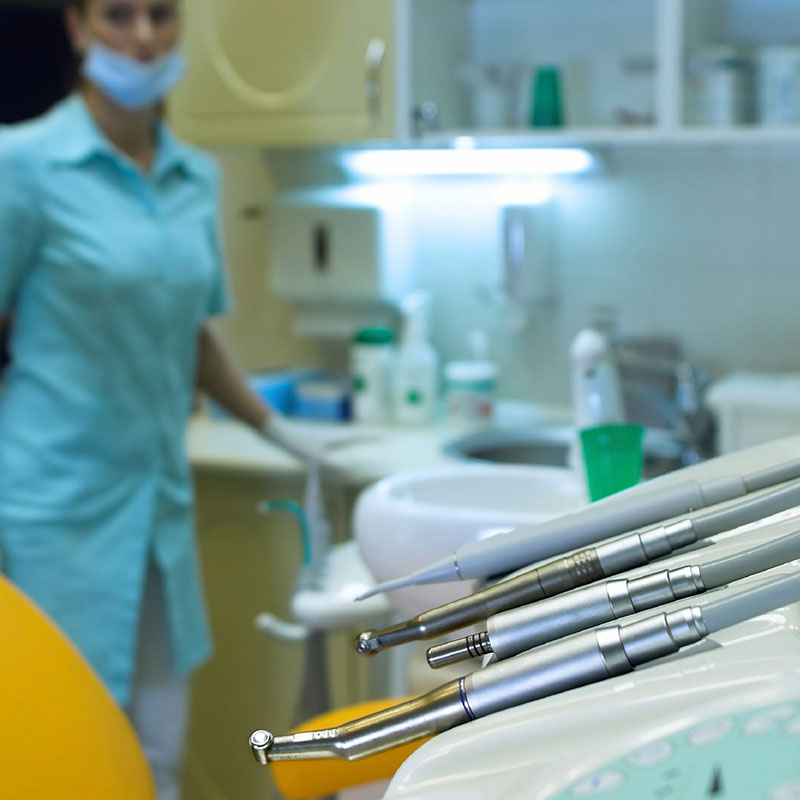HAVS
Hand-Arm Vibration Syndrom (HAVS) is the medical term for symptoms caused by vibration damages that may occur in the fingers, hands and arms when working with vibrating tools or machinery. Vibration injuries are divided into three subgroups: neurological disorders, vascular and musculoskeletal.
Method for detection of impaired sensitivity at early stage
Vibration injuries often occurs in workplaces such as vehicle workshops, construction sites, engineering industries and dental and foot care clinics. The injuries can become irreversible if not detected in time, especially the neurological part. Initial changes in nerves causing sensory impairment can easily be detected with the VibroSense Meter II. This instrument detects impaired sensitivity in hands and fingers in due time, before the nerve damage has become permanent.
The problem with vibrating tools and machinery and subsequent vibration damages has received attention at the EU level, which resulted in EU directive 2002/44/EC. This directive took effect throughout the EU in July 2005. The directive sets out strict requirements on all employers in the EU with vibration-exposed workplaces.
Possible outcome of vibration injuries
A vibration injury may include neurological, vascular and muscular problems. Often a very troublesome cold sensitivity occurs, which does not have to be associated with "white fingers". Quality of life and the ability to perform daily activities can also be greatly affected.
- Nerve damage can cause pain / numbness and impaired sensitivity , poor ability to use the fingers with precision (manual dexterity) and to hold things, such as glass or tools.
- Muscle and skeletal injuries can cause a significant reduction in muscle strength (e.g. hand grip) and cause pain.
- Vascular damage causes "white fingers".
Workplaces at high risk
More than 25 million workers in Europe are exposed to vibration in their daily work. There are numerous of affected professions, for example:
- Road construction and maintenance
- Dental and Podiatry
- Dental Technician
- Construction and demolition
- Vehicle and tire shops
- Manufacturing
- Park-and municipal facilities
- Forestry and mining
The regulation requires that employers must issue preventive measures and offer relevant medical health surveillance for all vibration exposed personnel.
Vibration exposure damages are normally associated to heavy machinery and tools. However, "small and fast" vibrations can be as harmful. Thus, vibration damages are common in professions such as dentists, dental technicians, dental hygienists and engravers.
Clinical Benefit – Occupational healthcare
The VibroSense Meter II (VSM II) system is currently used as a tool to diagnose vibration-induced nerve injuries in hands, by the Occupational health care Service and all major university hospitals with clinics for Occupational and Environmental Medicine (OEM) in Sweden and Norway.
The clinical benefit of VSM II is to help the Occupational Health Care and OEM to identify and investigate people who are at risk of getting vibration-induced nerve injuries to avoid permanent damages.
Target Profile for VSM II and vibration exposure at the workplace:
|
Target group |
Clinical targets |
Clinical use |
|---|---|---|
|
Occupational health care with vibration exposed workers |
|
|
|
for Occupational and Environmental Medicine |
|
|


